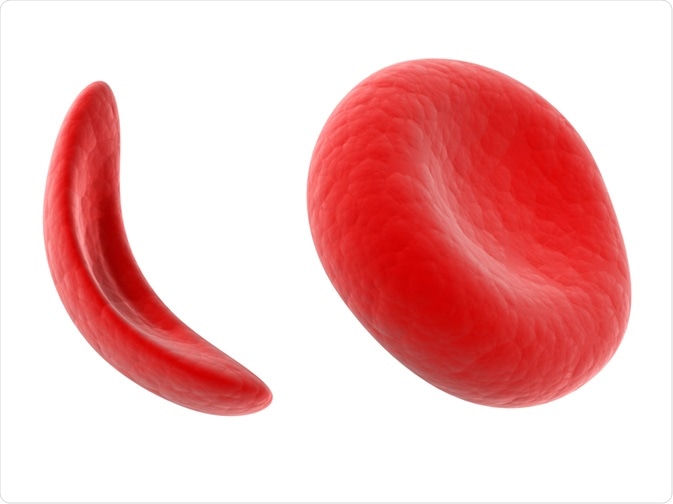Although there were some early reports of sickle cell disease (SCD) in the late nineteenth century, the first time that the disease was referenced in literature was in 1910. There were several case reports that followed this, as well as public awareness and funded scientific research which, taken together, led to the expanded knowledge of this disease and the development of more effective therapeutic options.
1910: First description of sickle cell disease
On the 15th of November in 1910, Dr. James Herrick made the first official description in the published literature of sickle cell disease. The cardiologist had a young patient, Walter Clement Noel, from the Caribbean island of Grenada with the disease under his care. Noel displayed symptoms of what we now refer to as acute chest syndrome, which is a common complication of SCD.
The blood film of the patient clearly showed the characteristic shape of sickle hemoglobin, which is the distinctive feature of homozygous sickle cell disease. This was well before the introduction of hemoglobin electrophoresis, which is the test that is currently used to diagnose SCD.
1911: Second published case of sickle cell disease
Shortly after Herrick's discovery, a female patient who was 25 years old was described with symptoms of sickle cell disease. She had been in medical care for several years but had previously been diagnosed with a form of pernicious anemia with unusual characteristics.
Similar to what was seen with Herrick's patient, this female patient had a blood film that clearly demonstrated the form of sickle hemoglobin cells.

Image Credit: SciePro / Shutterstock.com
1915: Third published case and suggestion of a genetic link
The third recorded case of SCD was a 21-year-old female that once again showed the blood film that was indicative of this disease.
The blood film of this patient's father was also examined, which made this case particularly notable. It was noted that while there were no abnormalities evident in the fresh blood sample, some abnormal cells were evident after a few days. This became the first crude test of SCD and was the first time that the disease as an inherited condition had been suggested.
1922: Fourth published case and sickle cell anemia terminology
A 21-year-old male patient was the fourth case of SCD in published literature and the first case that used the terminology of “sickle cell anemia.”
This paper by Verne Mason noted a common link between the first four recorded cases of the disease, which included the fact that all patients had African origins. This led to a common belief over the subsequent few years that the disease was limited to this population group; since then, this association has not been found to be true. In fact, several other populations are affected by SCD, which include those from the Arabian Gulf, central India, the Mediterranean area of northern Greece and southern Italy, as well as eastern Turkey.
Consolidation period
After the fourth SCD patient report was published, a consolidation period emerged. During this period, there were more case reports of patients with SCD, which strengthened the medical knowledge of the disease. It was also during this time that terminology about the disease developed, including the “active” and “latent” forms of the disease, which were later clarified to be inherited through heterozygous and homozygous patterns.
At this time, the association between the sickle cell trait and increased resistance against falciparum malaria was also observed.
For the first time in 1949, electrophoresis showed that sickle hemoglobin moved at a different rate as compared to normal hemoglobin, suggesting a molecular change in the abnormal cell. When hemoglobin electrophoresis became widely available in 1954, opportunities to differentiate between different forms of SCD became possible. This led to sub-classification of the disease, as we refer to them today.
Awareness period
Throughout the 1970s, there were several health organizations that expressed an interest in SCD and helped to create awareness and raise funding for research. As a result of this research, the life expectancy and quality of life for patients with the disease have improved dramatically.
These advances included:
- Pneumococcal prophylaxis
- Splenic palpation in acute splenic sequestration
- Hydroxycarbamide for prophylaxis of sickle cell crisis
- Bone marrow transplantation
Research studies concluded that the early life period between six months and one year was most likely to lead to serious events, which could be fatal or severely impact the quality of life. This knowledge led to a rise in newborn screening programs to identify newborns who were at risk, which is a measure that has proved to be of great benefit.
References
Further Reading
Last Updated: Dec 21, 2022